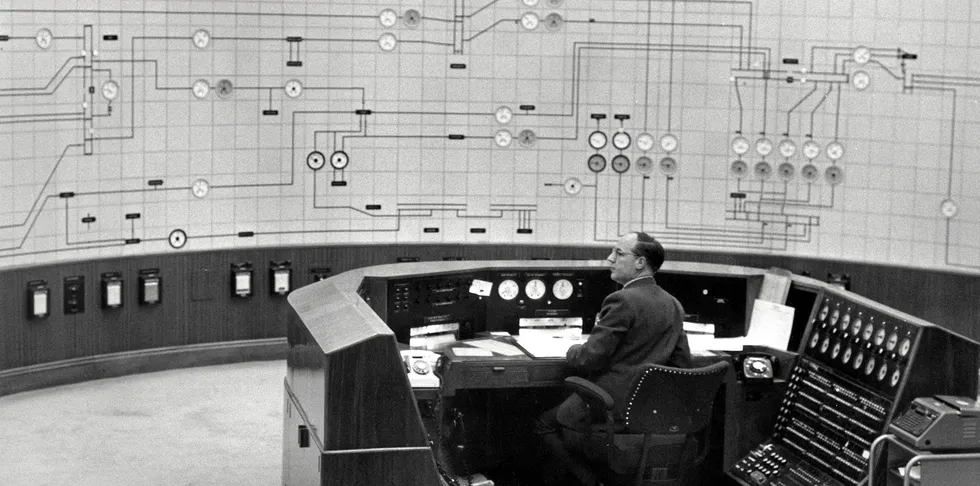'1970s tech and forecasts in the bin': why renewables need digitalisation more than ever
Recharge roundtable told that 'fourth industrial revolution' tools can help cope with power grid volatility and unlock designs and services fit for the future

Recharge roundtable told that 'fourth industrial revolution' tools can help cope with power grid volatility and unlock designs and services fit for the future
